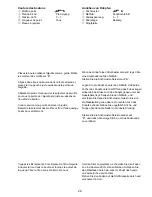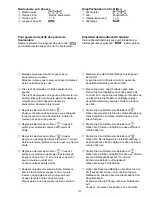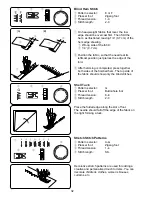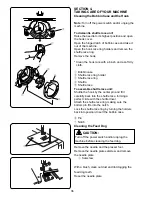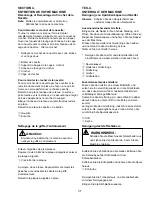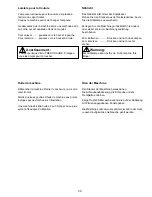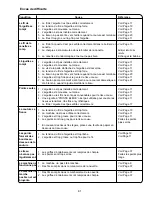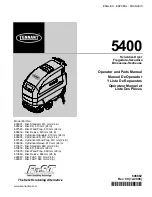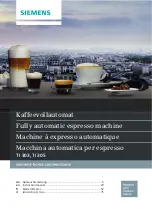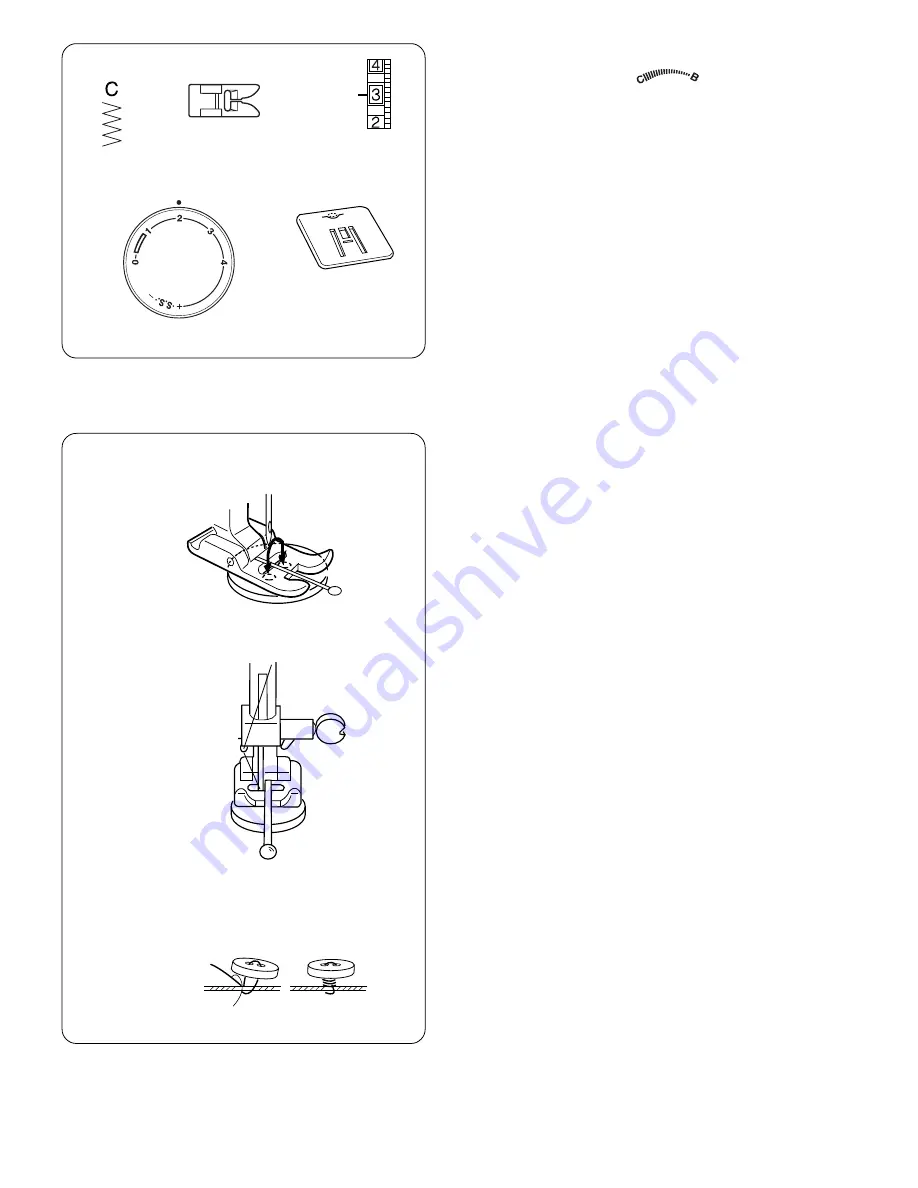
28
w
e
r
t
q
q
Pattern selector:
w
Presser foot:
Zigzag foot
e
Thread tension:
3–7
r
Stitch length:
Any
t
Darning plate
Sewing Buttons
Set the Pattern Selector at B (left needle position).
Mark the button placements on the fabric.
Position the darning plate onto the needle plate.
Place fabric under the foot.
Place the button under the foot aligning the left hole
with the needle point.
Lower the foot. Sew a few stitches to lock the
threads. Place a straight pin on top of the button in
between the holes.
(See illustration) When sewing over the button and
straight pin, a shank will be created.
Set the Pattern Selector at C. Select the zigzag width
to match the holes in the button.
Turn the balance wheel to confirm correct width. Sew
several stitches to secure the button to the
fabric.
Set the Pattern Selector at B. Sew several stitches
to lock the threads.
Cut the threads 20 cm (8˝) leaving a thread tail.
Bring the needle thread down through the button
hole and wind it around the thread shank.
Draw the thread to the wrong side and knot.
















